Livingston: the Center of Montana's Fly Fishing Universe and an Ideal Home Base for Exploring Montana and Yellowstone Park Fisheries
The Livingston, Montana area is located in the heart of Montana’s trout country and is within a couple hours of hundreds of famous and not-so-famous Montana fly fishing destinations. These fisheries range from tiny mountain creeks we won’t name online (just look at a map and pick one!) to big names like the Yellowstone and Madison Rivers, as well as the riches within the northern and central parts of Yellowstone National Park.
Use the pages in this section of the site to plan your own fishing adventures for days you’re not going on guided fly fishing trips with us, or just to familiarize yourself with our waters to get excited for your guided trips.
You might also be interested in our fishing reports or in our guided trip destinations page. The latter covers similar ground as this page, but explicitly looks at our Montana fly fishing destinations from a guiding as opposed to fishing perspective.
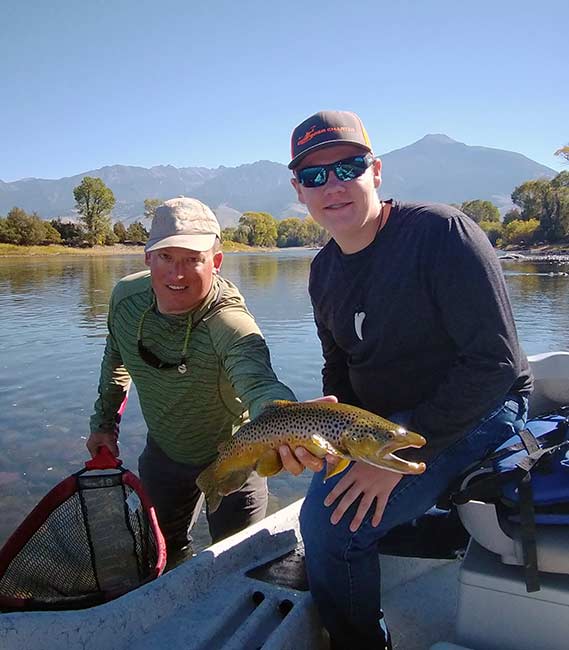
Yellowstone River in MT: Almost 150 Miles of Trout Heaven
The Yellowstone River is one of the world’s most-famous fly fishing rivers, and Livingston is right at the dead-center of its trout water. Whether you’re interested in lots of native cutthroat trout, that one special brown trout, or just your first-ever fish on the fly, the Yellowstone is a great choice for just about anyone.
- Lots of variety: in fish species, in water character, and in tactics demanded.
- Fair wading access, great boat access.
- Some stretches offer lots of small fish, others a few big ones.
- Beginner-friendly, especially in late summer and early fall.
- Excellent dry fly fishing through most of the season.
- Many stretches are very difficult to wade.
- Spring runoff makes the river completely unfishable for at least a month in May and June.
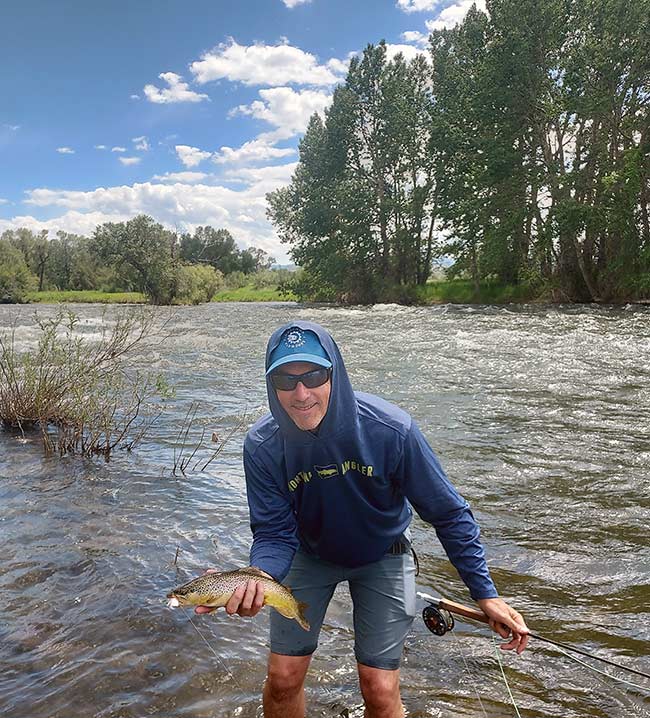
Boulder River: Smift, Rough, and Rugged, with Scenery and Trout to Match
The Boulder River is a continuous rapid full of giant, slippery rocks. For the right anglers, this Yellowstone River tributary southeast of Livingston is a far better fishery than the Yellowstone. For the wrong anglers, it’s at best unpleasant and at worst a deathtrap.
- Large numbers of rainbow and brown trout, with cutthroats up in the headwaters.
- Great wading access in upper reaches, great raft fishing early in the season in lower reaches.
- The Boulder’s a prime “action fishery.” Sometimes it seems like there’s a million fish here.
- Excellent dry-dropper fishing, though “dry or die” fishing can be limited.
- Shorter runoff cycle than the Yellowstone; it gets muddy later in spring and clears earlier in summer.
- Very rough and rugged: crowds are lower than on the Yellowstone.
- Very rough and rugged: suitable for fit anglers only, even on float trips.
- Not beginner-friendly.
- Short float windows in late April–May and late June–July. Flows are too low otherwise.
- Few large (18″ plus) trout.
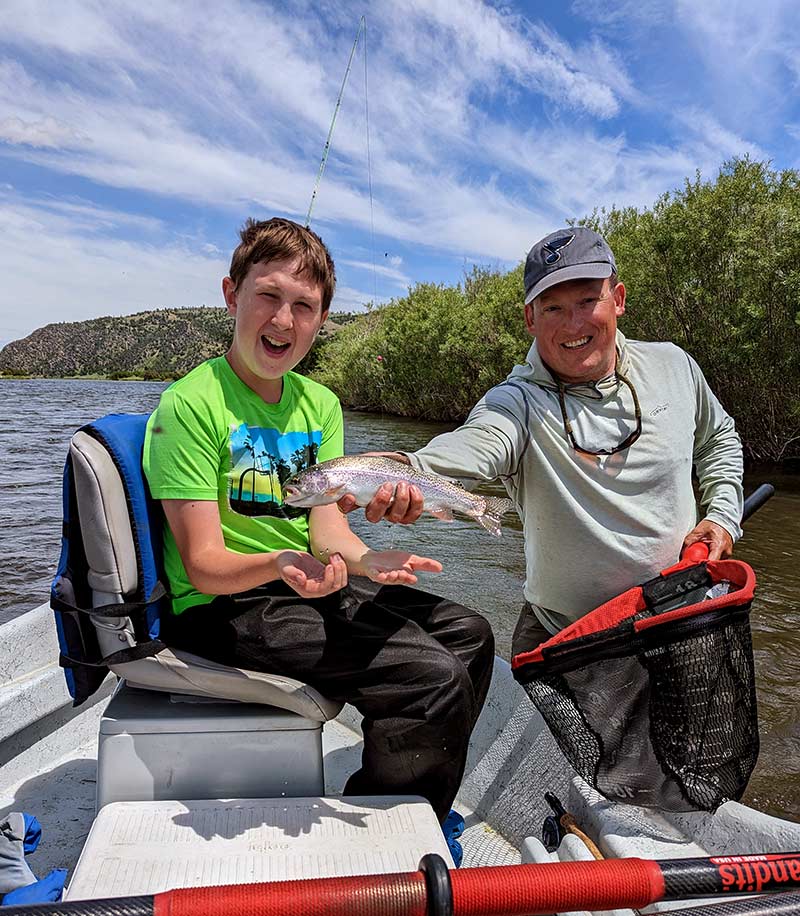
Madison River: Montana's Most-Popular River, a Snowmelt Season Specialty
The Madison River is even more famous than the Yellowstone, and sees pressure to match from both anglers and casual floaters. Since it’s protected by two dams and a natural lake, the Madison never gets too muddy to fish. For this reason, it’s our prime local river during and just after the spring runoff season. It can be a great sneaker bet in the fall, too.
- Virtually never too dirty to fish, even at the height of the spring melt.
- Lots of public access for both wading and floating.
- Can produce some exceptional trout as well as solid numbers.
- Beginner-friendly.
- All stretches tend to be very crowded throughout the season.
- Can be extremely finicky, with stretches closest to Livingston the most “up and down.”
- Tactics, scenery and water character, and target species don’t vary as much as they do on most local rivers.
- Stretches close to Livingston are too warm to fish in July and August.
- Stretches that fish well in July and August are 2+ hours from Livingston.
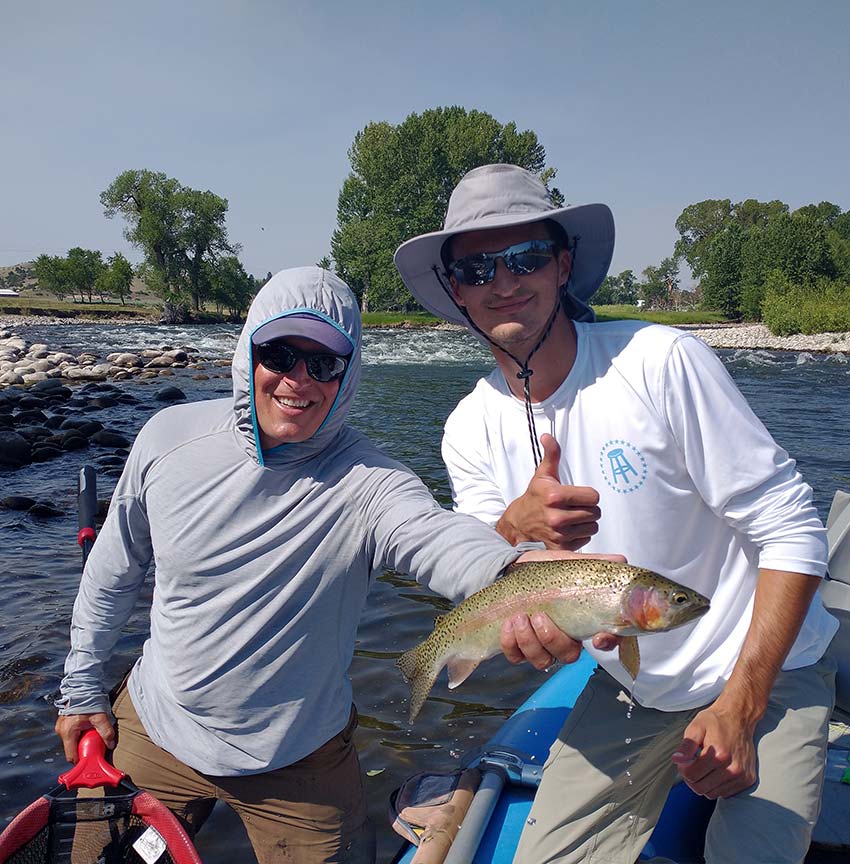
Stillwater River: Anything but Still, and a Big Sister to the Boulder
The Stillwater River is the Boulder’s big sister to the east. Like many big sisters, the Stillwater isn’t quite as wild as its smaller sibling, but it still has a crazy streak that makes it unsuitable for beginners and for wade-fishers with limited mobility. Float anglers who might be getting a bit creaky can still enjoy the Stillwater.
- Longer float season than the Boulder.
- Not quite as wild as the Boulder, but rough enough to be exciting.
- Lots of public access for both wading and floating.
- Excellent numbers fishery for rainbow and brown trout, with a few big fish, too.
- Almost all fishing during the prime (late summer and early fall) season is with dry flies or dry-dropper.
- Low crowds except on midsummer weekends.
- Not beginner-friendly.
- Suffered more than other rivers during the 2022 record floods.
- Upper reaches are 2.5+ hours from Livingston, and that’s before you start hiking.
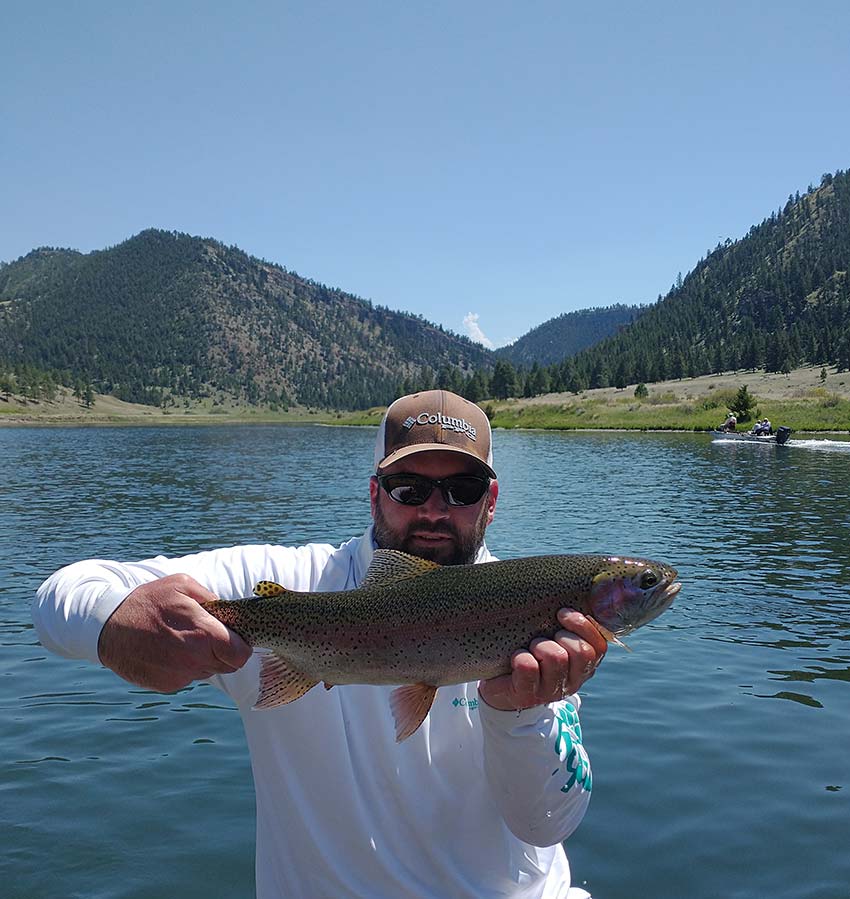
Missouri River: Runoff Season Trout and Dog Day Carp
The Missouri River heads at Three Forks an hour west of Livingston. Its upper reaches hold a few big trout, plus walleye, pike, and especially carp. The latter make great quarry in late summer for skilled anglers who don’t like crowds. Further down, the famous tailwater reaches of the Missouri hold vast numbers of rainbow and brown trout and fish great in late spring and early summer.
- Upper reaches are seldom crowded.
- Excellent fishing from late April through June, when many rivers are muddy.
- Huge fish top to bottom.
- Many of those huge fish are carp, which many anglers despise.
- The stretches with high trout numbers are 2+ hours from Livingston.
- The most-famous stretches are almost always crowded.
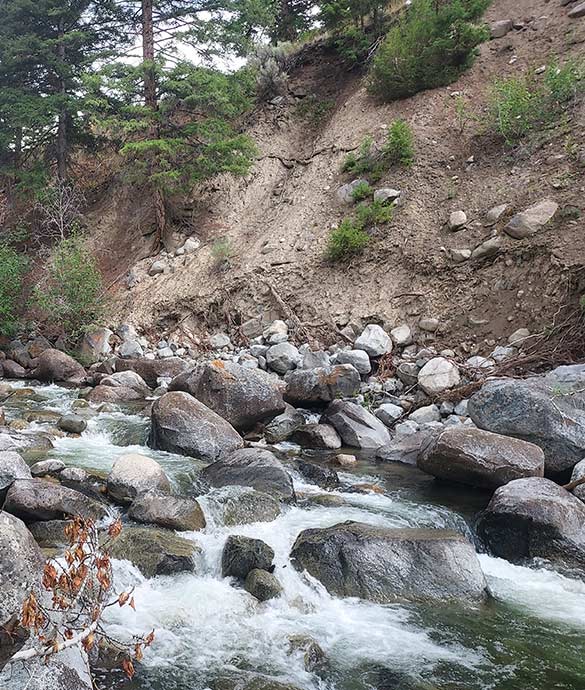
Montana Small Streams: Ditch the Crowds!
Every famous Montana river has a bunch of non-famous creeks flowing into it. Most of these offer abundant public access and abundant small and midsize trout eager to take dry flies, but only a few of them get crowded. Especially when fishing without a guide, don’t hesitate to ditch the famous water for some little blue line on the map.
- Seldom crowded, with almost no guided fishing pressure.
- Vast number of available creeks.
- Excellent dry fly fishing.
- Most produce high numbers of fish.
- Very few large trout: most will run roughly the size of your hand, and a big one is 14 inches.
- Rough footing and wading makes most creeks unsuitable for older and less-mobile anglers.
- Not beginner-friendly.
- Short prime season: most are too high before July 15 and too low/cold after September 15.
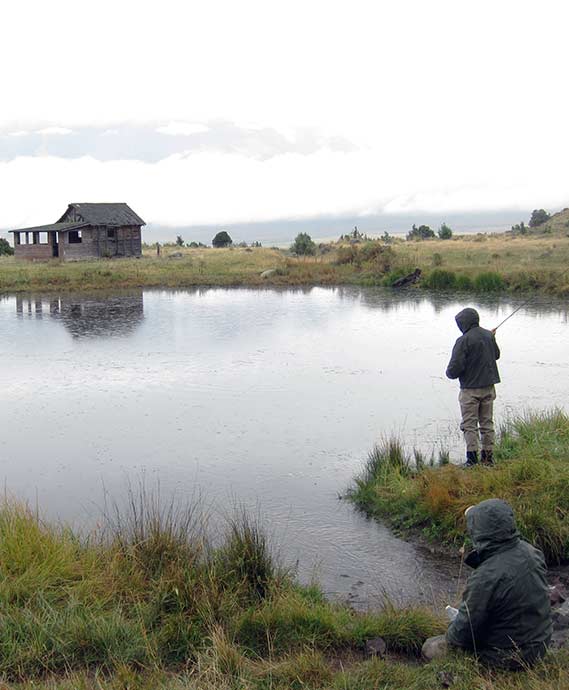
Montana Lakes & Reservoirs: Snowmelt Season Trout, Without the River Crowds
Lakes and reservoirs near Livingston hold good numbers of trout and often other game fish and fish best in late spring and early summer when most rivers are muddy. Some also hold very large trout and can even produce well on dry flies. What’s not to love? Wind, for starters, plus the fact that the best lakes are private and require daily access fees.
- Low fly-fishing pressure, though many see lots of bait and tackle fishers.
- Excellent in May and June, when runoff reduces area river-fishing opportunities.
- Large trout, both in terms of average and peak size.
- Many sight-fishing opportunities, including with dry flies.
- Wind makes for very difficult to impossible fishing.
- A boat or float tube is almost always required for good access.
- Not beginner-friendly.
- Most hold stocked rather than wild trout.
- Private ranch lakes require additional access fees.
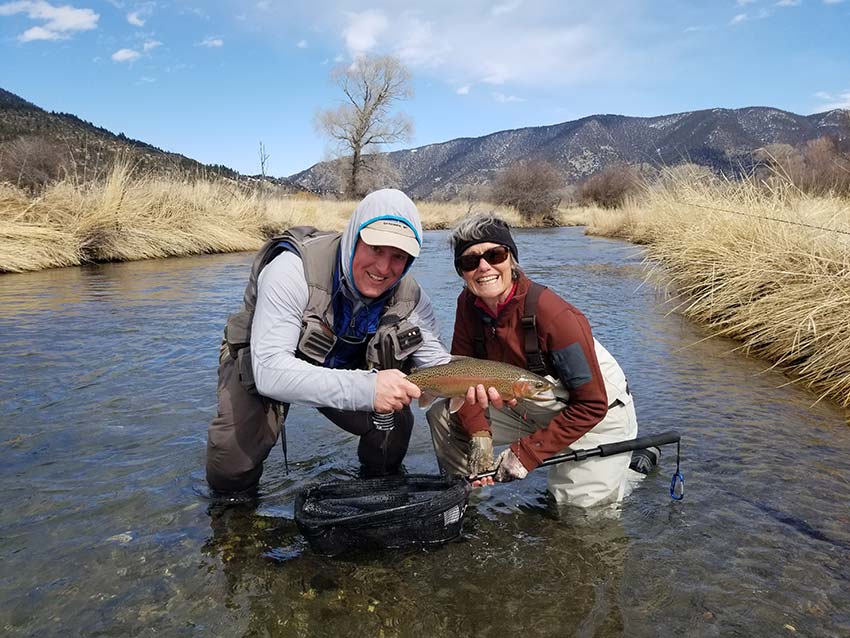
Montana Spring Creeks: Private Water for Anglers Who Want to Fish Like Herons
Livingston is minutes from Montana’s famous Paradise Valley Spring Creeks: Armstrong, Nelson’s, and Depuy’s. These private creeks are perfect for skilled anglers who want to spot and stalk their quarry, matching wits with a few difficult, wary fish. On the other hand, these fisheries are terrible for beginners and experienced anglers who like fast action.
- Can produce year-round, even in the dead of winter.
- Solid average size (12–18 inches), and all trout are wild and in peak condition.
- Excellent match-the-hatch fishing at the right times of year, and most fishing is sight-fishing.
- Limited access means relatively low crowds.
- Additional access fees apply.
- Peak periods may be booked solid more than a year in advance.
- Can be very difficult to fish outside of peak periods, and are never “easy.”
- The worst fisheries in the region for beginners and novices, as well as experts who like fast-paced “action” fishing.
- Flow through highly-manipulated ranchland, rather than wild settings.
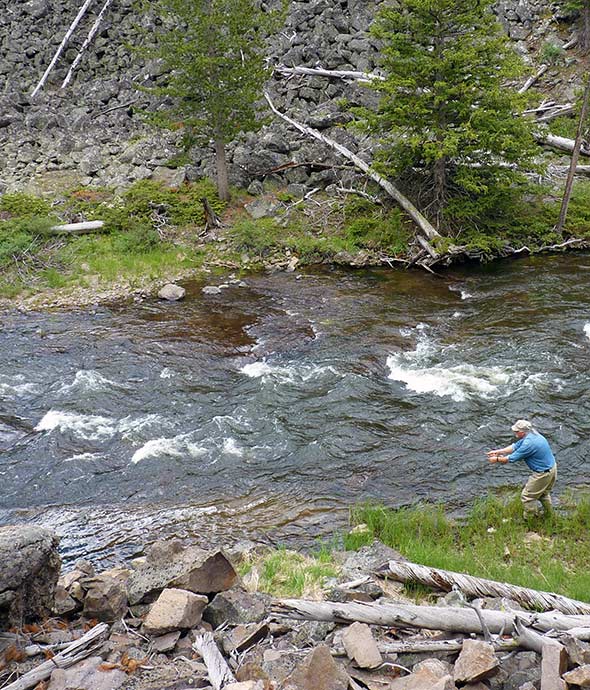
Yellowstone Park Waters: Infinite Options for Anglers Who Hike
Yellowstone Park offers unparalleled public access to a huge variety of wade fisheries, from tiny creeks full of jewel-like native cutthroat trout to the mighty Black Canyon of the Yellowstone and some of the region’s best destinations for trophy brown trout. Great public access comes with a cost, though: intense crowds near the roads. The solution? Hike!
- Huge number and variety of fisheries.
- Lots of opportunities for native cutthroat trout and grayling, fish that are otherwise somewhat rare.
- Suitable for anglers of all abilities.
- Excellent dry fly fishing, even for beginners.
- Spectacular for fit anglers up for a hike and rugged walking/wading on the stream.
- Overwhelming crowds on easy-access roadside fisheries, including many of the most famous destinations.
- Slow driving due to tourist crowds (not to mention bison herds).
- Short season: Memorial Day Weekend through October
- Only a few fisheries offer truly large trout.